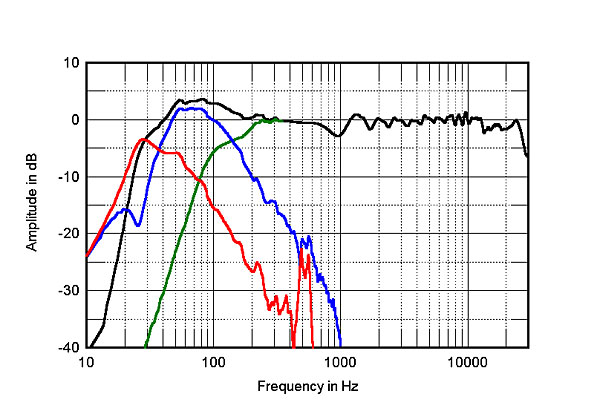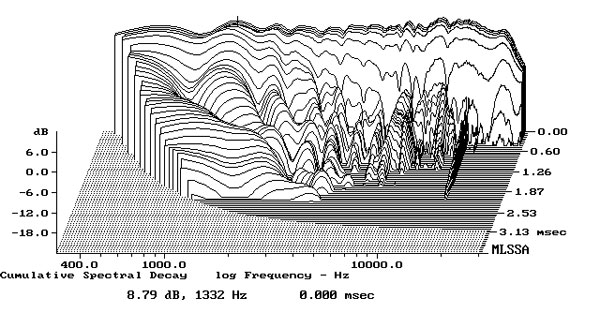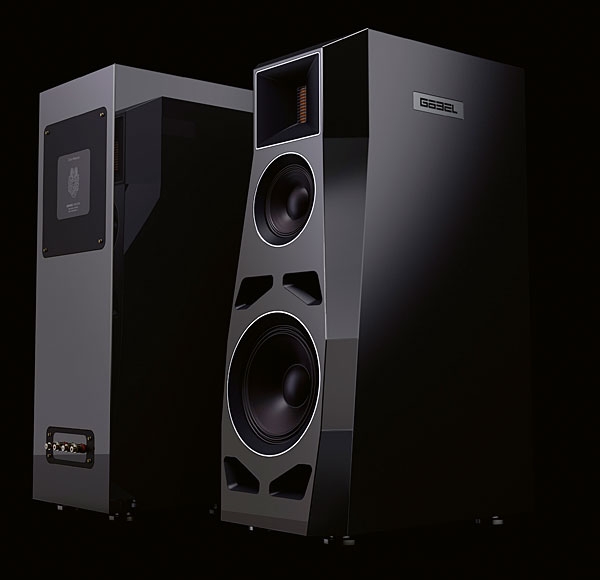Hello experts in speaker measurements.
I glanced over at the Stereophile measurements for the Gobel HE Divin Marquis speaker and ran into a very interesting chart. Besides being commendably flat (for a commercial speaker), look at the regularity of the humps and valleys between 1 kHz and 10kHz:

Is this from the (what I assume is) a Beyma AMT or is it attributable to edge diffraction, or something else?
Best,
Erik
I glanced over at the Stereophile measurements for the Gobel HE Divin Marquis speaker and ran into a very interesting chart. Besides being commendably flat (for a commercial speaker), look at the regularity of the humps and valleys between 1 kHz and 10kHz:

Is this from the (what I assume is) a Beyma AMT or is it attributable to edge diffraction, or something else?
Best,
Erik
Fig.3 Göbel Divin Marquis, anechoic response on tweeter axis at 1m, averaged across 30° horizontal window and corrected for microphone response with the nearfield responses of the midrange unit (green), woofer (blue), and ports (red), respectively plotted below 300Hz, 1kHz, and 600Hz.
Beyma TPL is crossed at 1600Hz and it has a deep waveguide (almost a horn), so most like ly the ripples at 800-3khz come from the midrange's cone and edge diffractions. Beveling is so steep that i doesn't help. CSD is single measurement and smooth, as well as multipoint farfield response.


Beyma TPL is crossed at 1600Hz and it has a deep waveguide (almost a horn), so most like ly the ripples at 800-3khz come from the midrange's cone and edge diffractions. Beveling is so steep that i doesn't help. CSD is single measurement and smooth, as well as multipoint farfield response.


Last edited:
I do not know enough about the setup of mr. Atkinson, but the ripples can also be caused by reflections in the vicinity of the microphone or the microphone housing itself. Though in this case the rather poor designed baffle of this speaker will contribute to a lot of diffraction induced interference. Whether this is noticeable however is another question.
I do not know enough about the setup of mr. Atkinson, but the ripples can also be caused by reflections in the vicinity of the microphone or the microphone housing itself
You'd think this would show up in other measurements, but perhaps due to their weight he was unable to move them to a better place.